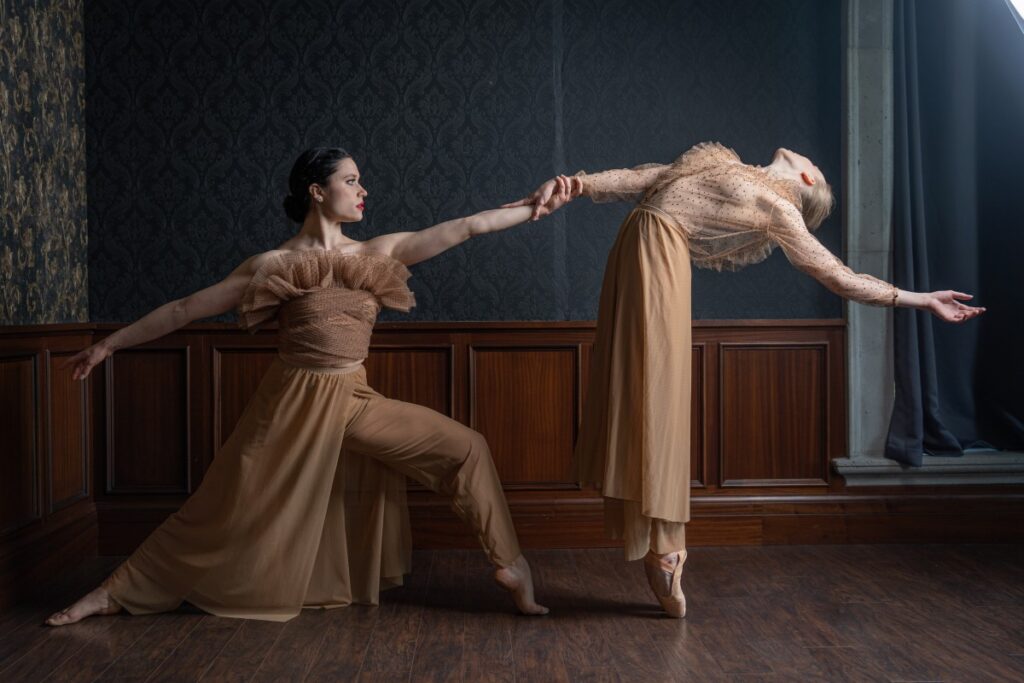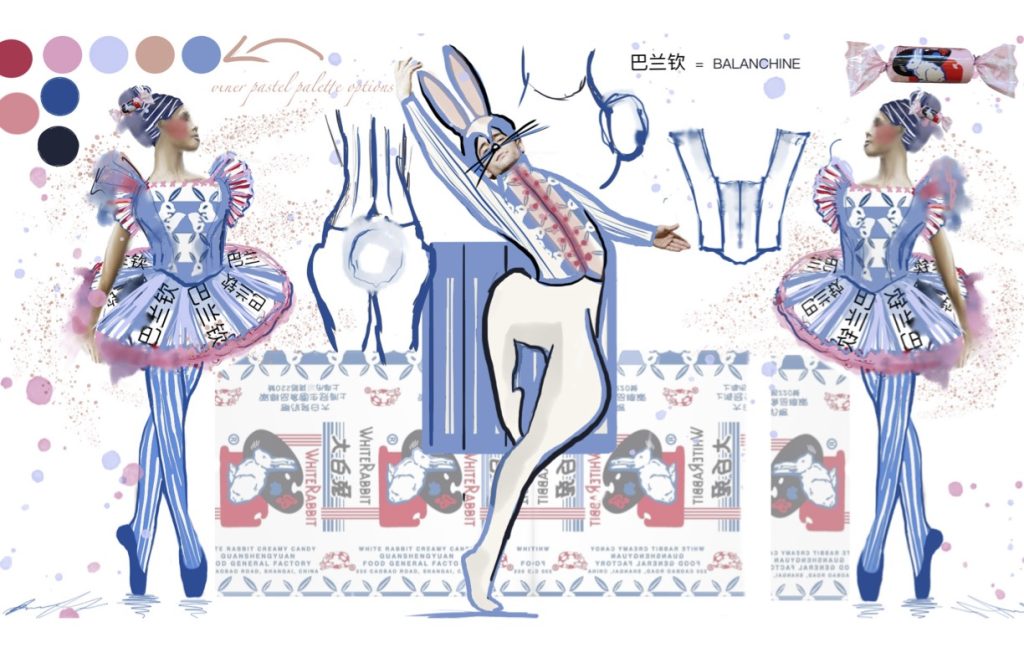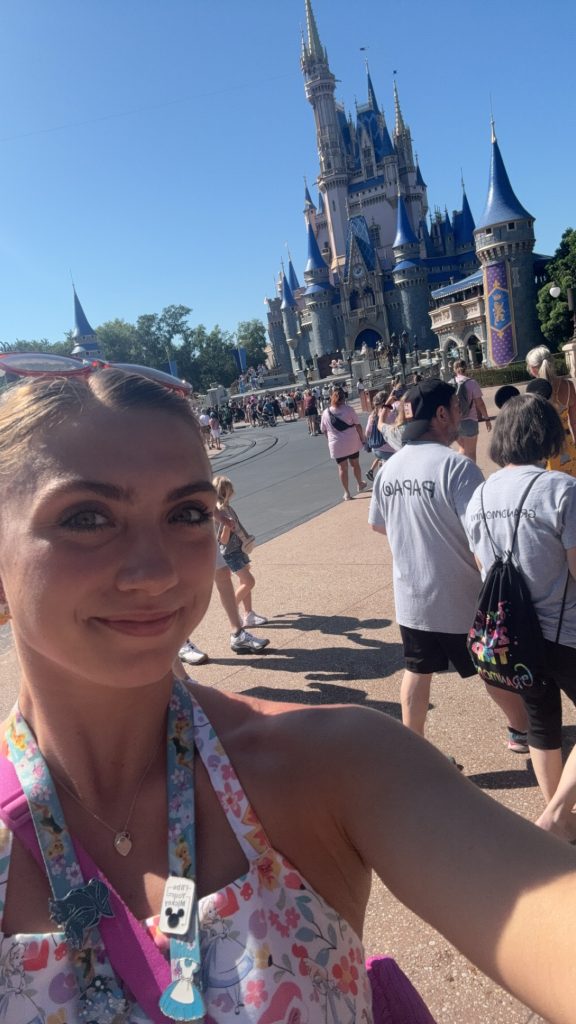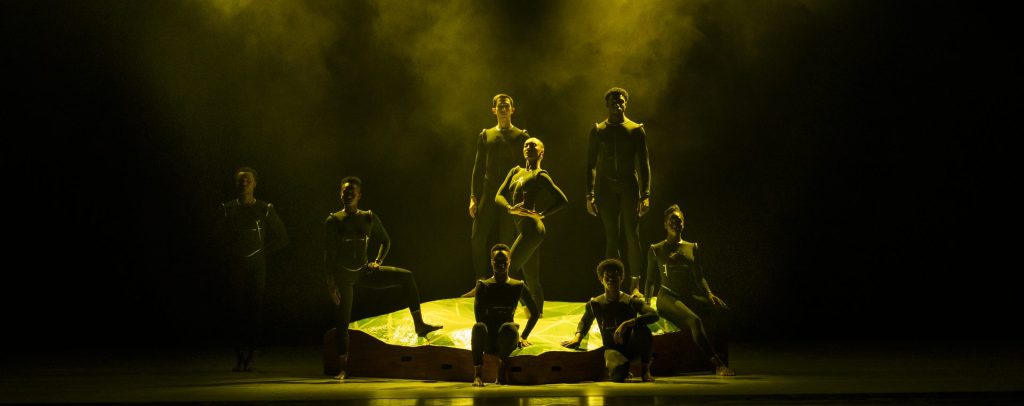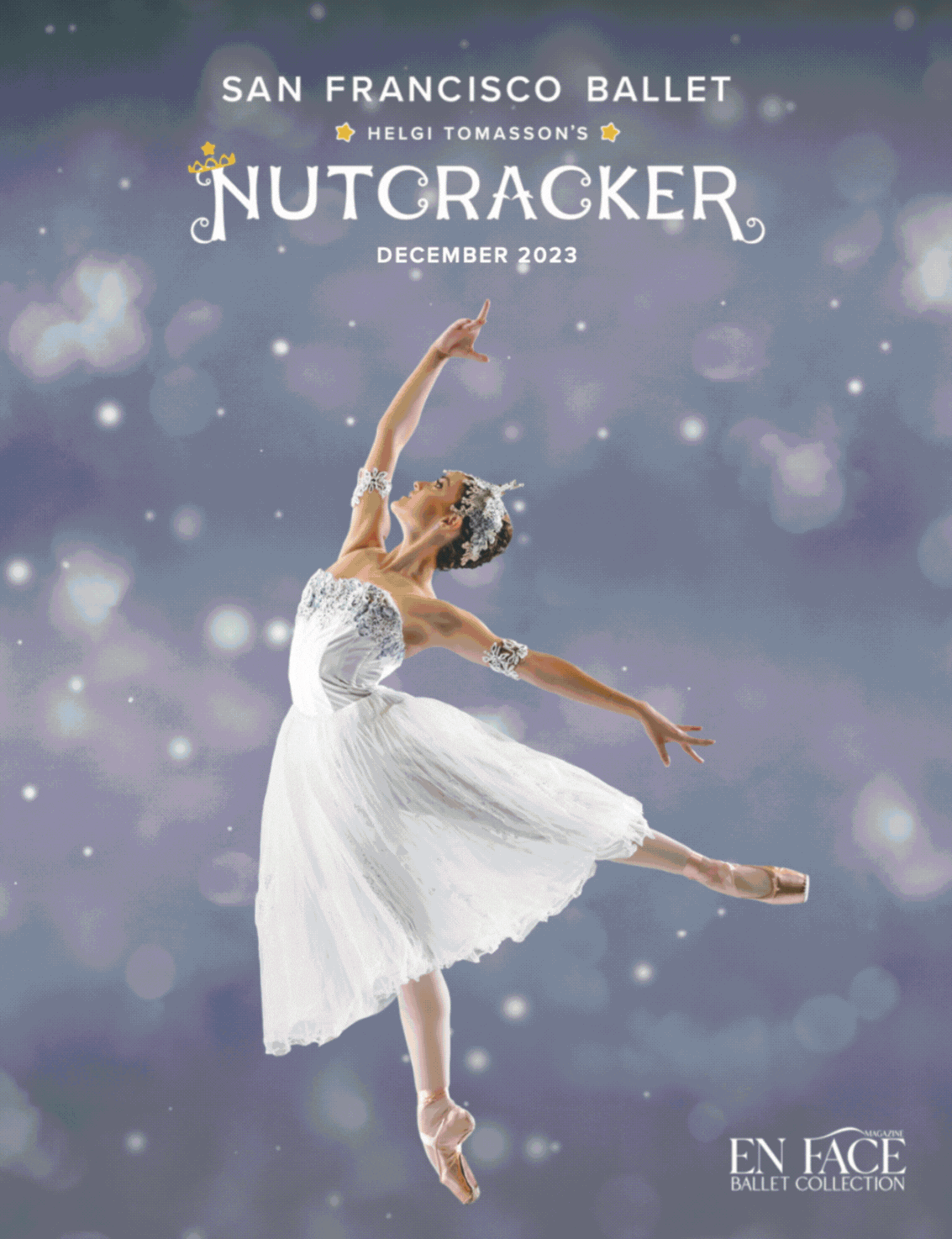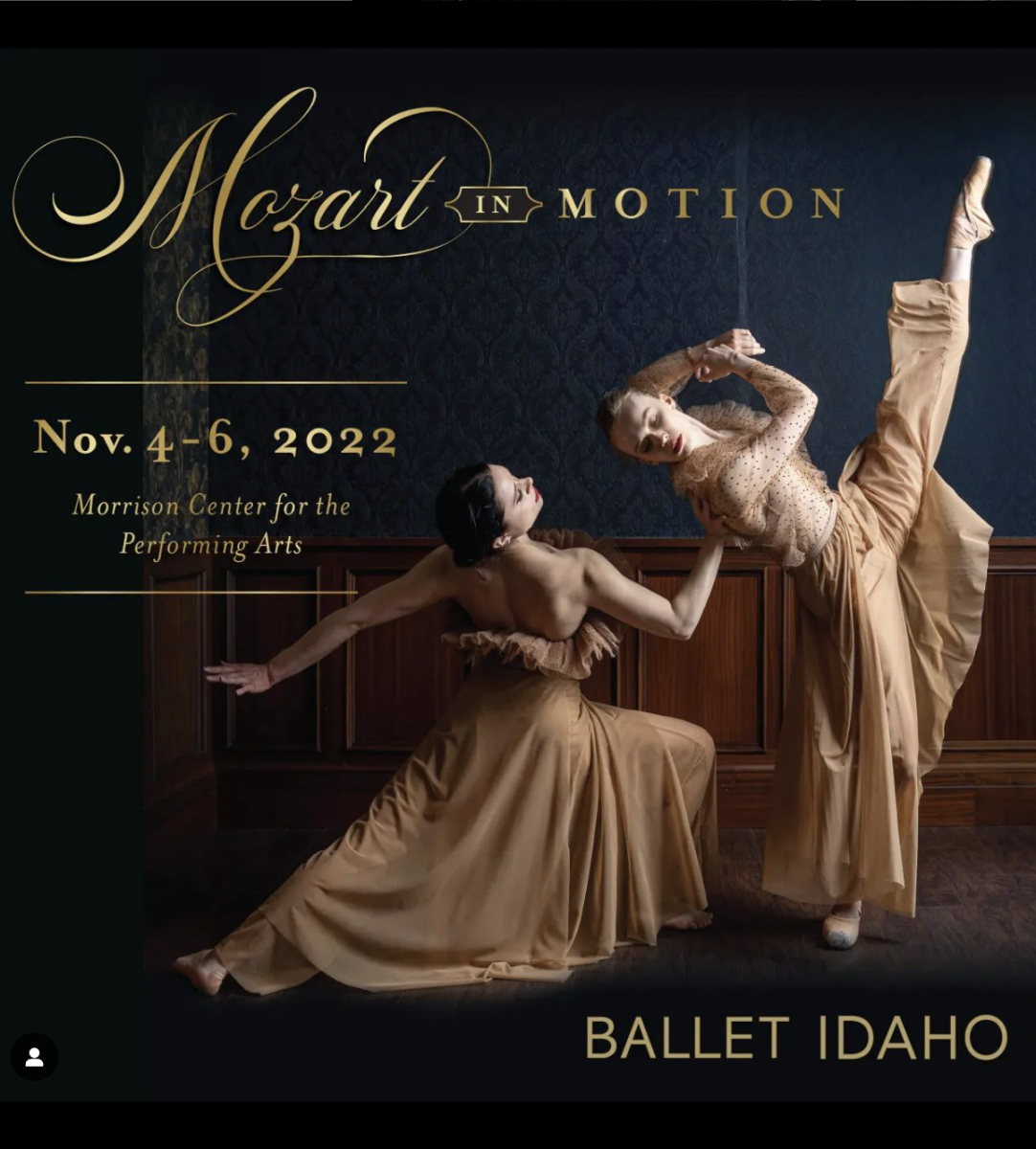
Photos by Quinn Wharton featuring Ballet Idaho dancers Anissa Bailis and Kaelyn Lefferts.
Ballet Idaho is launching into its 50th Anniversary Season with Mozart in Motion. Featuring four ballet works set to the music of (you guessed it), Mozart, this repertory performance promises to be a study of musical mastery.
We sat down with Ballet Idaho Artistic Director Garrett Anderson to learn more about the music woven through this evening, and to explore how each choreographer brings a fresh voices to compositions we already treasure.
There are a few key composers who tend to be highlighted in the ballet world, with names such as Tchaikovsky and Stravinsky dominating the classical dance space. Mozart however, despite his standing as one of the most important western composers of all time, is seldom brought to life in the ballet world. Why is that, and what inspired you to take on this unique challenge of bringing ballet and Mozart together?
To be completely honest, it happened by accident. While there are a number of incredible works choreographed to Mozart’s music, you are right in saying that proportionally to some other composers there are relatively few. I was already interested in Concerto 622, after presenting the duet as a stand-alone excerpt last season, I had spoken to
Lar Lubovitch about presenting the full work this season. It is so joyous and hopeful, it felt like the right fit for the opening of a season celebrating our 50th anniversary. I wanted other works that similarly were classics of their time and yet didn’t feel stale or dated.
Divertimento No. 15 offers the grandeur and pure joy of dancing on the more classical ballet end of the spectrum. It is a large cast, replete with tutus and pointe shoes, It also happens to be Mozart. With these two iconic pieces I realized the theme was there, but I needed something more contemporary to fill in the program. Stephanie Martinez is another choreographer I had been talking to for some time. I had admired Kiss (created for her Chicago company Para.Mar in 2020 in the midst of the pandemic) since I saw the original film of the outdoor performance for its freshness and boldness and humor all rolled into one. It felt like the perfect piece to finish out what had been a happy accidental through line of Mozart.
Balanchine’s Divertimento No.15 is a joyous yet highly technical work that many ballet dancers long to add to their resume. What makes the piece unique in Balanchine’s repertoire?
This ballet is very technically demanding, so dancers love the challenge of that. It is also the only Balanchine piece still performed that is choreographed to Mozart’s music (And one of only two that I know of of). This also makes it special. Balanchine revered Mozart, but perhaps felt the music was so brilliant on its own the idea of choreographing to it was daunting. That is just my own conjecture, of course, but I certainly feel that way. Balanchine considered this piece of music to be the most perfect example of this specific compositional form, which was popular in 18th-century aristocratic life. The choreography is so remarkably polished and detailed. Like most of his work, it is crystal clear in its patterns and nuance, which is wonderfully reflected in the music. When you hear complex music, especially music as sophisticated as Mozart’s, it is often difficult to know where to start in terms of bringing that music to physical form. Balanchine is such a genius, when I see this ballet, I think, “ah yes, of course it is that”. As he said himself, “see the music, hear the dance”. Divertimento No 15 is this wonderful music made visible.
Stephanie Martinez’s Kiss is the most contemporary work of this evening, yet is set to the most sweepingly iconic pieces of Mozart that we easily recognize. How does this unique pairing bring out the best in both the music and the movement?
Stephanie has a very fun interpretation of the music. Her movement is viscerally physical and sensual, yet there are playful nods to aristocratic and more ‘proper’ shapes and line. That said, it is a very fluid work; the entire dance looks as if it could have been a daydream in the head of one of the characters while hearing this music. She weaves in other sounds too, (electronic music from composer Daryl J Hoffman) to break up the Mozart sections. The effect gives the dancing contrasting intentions and a lot of freedom in the movement, while the dance itself remains very clear in its structure and compositional form. She is such an interesting voice, bringing together a lot of influences both dance-wise and from a dramaturgical perspective. Choreographically, she has really a powerful voice that has these dancers moving from the gut. It is a really interesting juxtaposition with music that to me seems ornate and beautiful, to have some really grounded movement that calls upon the dancers to use their weight, be muscular and human, raw and refined at the same time.
When describing Concerto 622, choreographer Lar Lubovitch said,
“In 1985, when the dance was created, the AIDS epidemic was upon us and one of the emerging themes in this time of crisis was the depth of friendship expressed as friends helped friends to die. The dance essays the joyousness of the subject in its outer ensemble movements and its tenderness in the central adagio for two men.” How are you approaching the staging of such an emotionally weighty work? And how does the knowledge of its power impact the dancers as they embody it?
I approach this dance with a lot of reverence. As you said it is emotionally charged. For me personally this was a special piece to perform. I have only danced the 2nd movement duet, but Anne Mueller (my amazing Associate Artistic Director) danced the 1st and 3rd movements, so we both have such affinity for this dance. The duet is tender and has a certain meditative quietude about it, while the opening and closing sections are more about the ensemble energy. It is overall a very joyful dance, and feels more like a dance in its sense of community and energy than a choreographic statement. That is because Lar is so good at drawing the group to one energy and tone, and you are often so tired by the end, your only choice is to let the pulse of the ensemble take you through! I think the statement is really about the connections you see on stage, and Lar is a master at demonstrating that. While the stagecraft and patterns and musicality are so precise, we feel that through the exuberant dancing, rather than have our attention drawn to those details. I do think the dancers feel the work’s importance, particularly the duet couple. Despite the inspiration and the context during its creation, there is a spirit to this dance that transcends time and place. It is ultimately up to the artist to find personal investment in the work, but Lar makes it easy for them to do in this wonderful dance.
You yourself are contributing a new work to this Mozart repertory! What is your creative process like in the studio and what sneak peek can you give us into this exciting new piece of choreography?
It has been a lot of experimentation. I began with a piece of music that felt very grand and sacred. I figured I’d do the hard part first… I knew I wanted a duet to this music but it felt like when the chorus of voices came in I would need a group of dancers to carry the expansiveness I was hearing in the music. That led me to want to incorporate more dancers into the rest of the work. I had also been listening to some fugues Mozart composed using themes of J.S. Bach. It sort of grew from there. I ended up creating a series of little scenes that alternate between lighter and darker moods. I see the whole thing as connected by the thread of ritual and what we consider to be sacred, (the central vocal piece is called “Vesperae solennes de confessore” or solemn vespers for a confessor. There are a lot of parallels from religious culture to what we show, what we hold in, what we attempt to glorify in the ballet world.
I’m sure it will mean something different to everyone who sees it. It has been a fun process to explore with these dancers. I can’t wait to see it on stage.
If our readers are going to listen to one Mozart song on the way to the theater, which song would you add to their pre-performance playlist?
You can’t really go wrong. I know when I hear the themes from the first or third movement of Concerto 622 (Mozart’s Clarinet Concerto in A Major) I can’t stop humming them.
Purchase tickets to Mozart in Motion here and explore the
50th Anniversary Season Guide for additional insights into the production.

